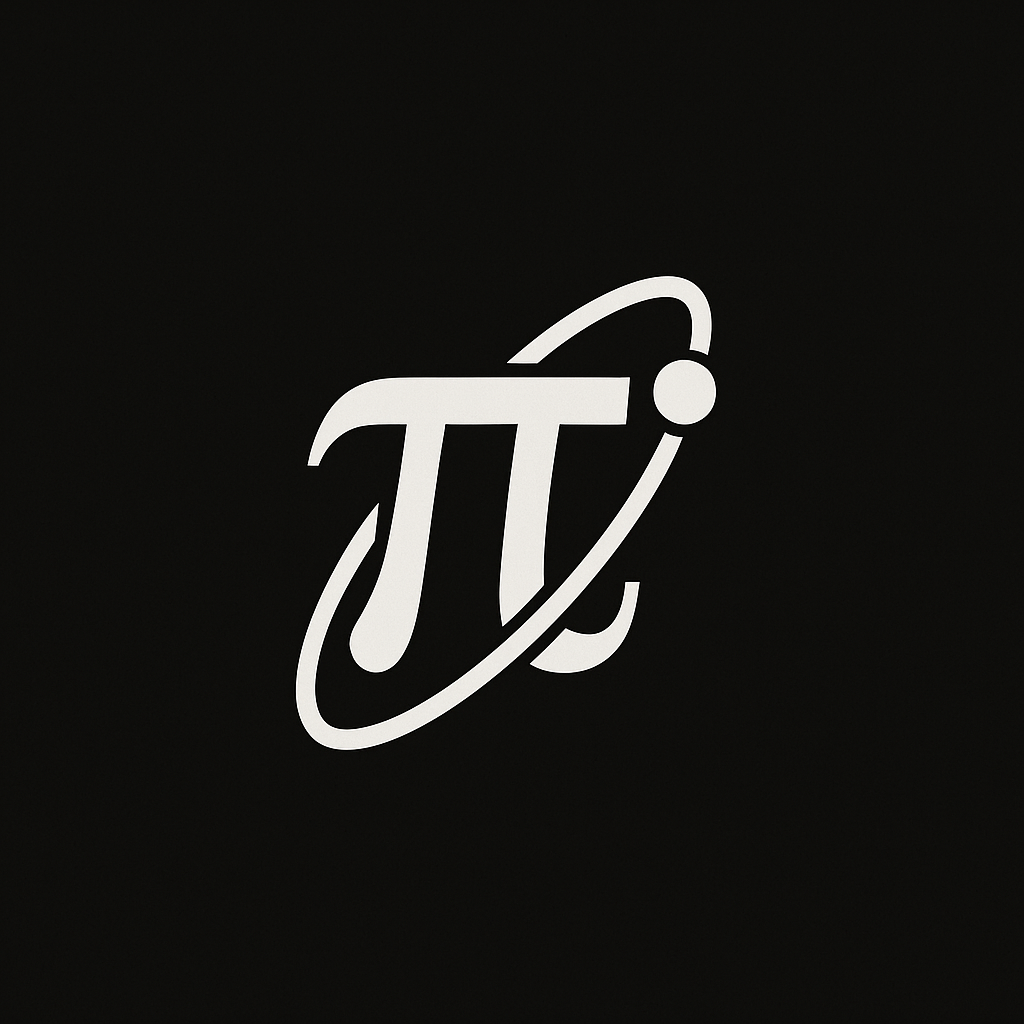Have you ever wondered what a four-dimensional object looks like? In our daily lives, we experience space in three dimensions: length, width, and height. But mathematics and physics introduce us to a fourth dimension, leading to fascinating questions about our ability to visualize such worlds. This article guides you through the mysteries of four-dimensional objects and our mind’s attempts to grasp them.
Understanding Dimensions and Four-Dimensional Space
A dimension describes a direction or measurement in space. For instance, a straight line is one-dimensional because you can move along it in only one way—forward or backward. Add another direction, and you get a flat surface, like a piece of paper, which is two-dimensional, allowing movement in both length and width. When height is included, you have three dimensions: length, width, and height—describing everything from boxes to houses.
But what about a fourth dimension? Imagine how a 3D object appears as something magical to a 2D creature living on a sheet of paper. To such a being, a cube might only look like a drawing of a square. In the same way, we can describe 4D mathematically, though we cannot visit or directly see it.
Mathematicians use sets of four numbers, called 4-tuples, to represent a point in four-dimensional space. The tesseract, or hypercube, is a 4D analogue of the cube. Although we create formulas and even computer models for these objects, our senses are limited to three dimensions; four-dimensional space remains outside our direct perception.
From 3D to 4D: The Tesseract and Other 4D Shapes
To grasp how four-dimensional shapes relate to our familiar world, consider the analogy of “building up” from simpler dimensions. Imagine starting with a point—zero-dimensional, with no length. Moving that point along a line traces out a one-dimensional line segment. Then, sliding this line perpendicular to itself, you sweep out a square: a two-dimensional shape. By moving the square “up” into the third dimension, each point of the square traces a path creating a cube.
Now, to reach the fourth dimension, mathematicians perform another perpendicular translation—but this time, into an abstract direction beyond normal space. The result is a tesseract, or hypercube: the four-dimensional analogue of a cube. Since we can’t directly visualize this, diagrams and computer animations step in. For instance, Schlegel diagrams project 4D shapes into 3D, much as a shadow projects a 3D cube onto a 2D surface. Animated “rotations” of tesseracts show their structure morphing in ways impossible for ordinary cubes, offering us glimpses into the mathematics of 4D space.
How Scientists and Artists Try to Visualize 4D
Whether their approach is rooted in mathematics, physics, or art, those seeking to grasp the fourth dimension must get inventive. Scientists and artists bridge the gap between intuition and abstraction through a toolbox of creative methods. Computer simulations, for instance, allow interactive manipulation of four-dimensional polytopes—rotating, slicing, and morphing them in ways impossible with physical objects. Mathematical models give precise language and equations for defining 4D objects, but even these must often be translated into visual analogies to be grasped. Cross-sections—akin to how a planar “slice” of a cube reveals squares—help imagine how a 4D figure might look if it intersected three-dimensional space. Physical sculptures, like Bathsheba Grossman’s “hyperspace” models or bath cubes inspired by Charles Hinton, give tangible clues by representing projections or unfoldings. Virtual reality games and immersive environments have recently enabled users to “navigate” four-dimensional worlds, relying on motion and perspective shifts. Ultimately, all these strategies emphasize analogy, projection, and indirect experience, since our minds rely on familiar three-dimensional cues to even begin building a picture of 4D.
Can Our Minds Truly Comprehend the Fourth Dimension?
Despite our desire to fully grasp four-dimensional space, human cognition has intrinsic limits rooted in our evolutionary history. Our brains evolved to navigate a three-dimensional world, and as such, we intuitively perceive length, width, and depth—while the fourth spatial dimension remains beyond direct experience. Studies in psychology and neuroscience reveal that even with extensive training or exposure, we never achieve true 4D perception. Instead, our minds rely on clever strategies—like breaking 4D objects into lower-dimensional shadows or using analogies—to cultivate a partial intuition. Mathematicians, for example, build mental models of hypercubes by examining their 3D projections, tracing how facets connect or change, but these insights are always mediated by 3D or 2D representations. Interactive environments, such as virtual reality or educational games, can improve our grasp of specific 4D phenomena, allowing users to manipulate tesseracts or explore higher-dimensional mazes, but these experiences are still rooted in three-dimensional approximation. Ultimately, we stretch our imagination toward 4D, yet direct comprehension remains just out of reach.
Why Four-Dimensional Thinking Matters
Why strive to understand four-dimensional objects if our minds constantly grapple with their strangeness? The effort itself holds value beyond mere visualization. Concepts from higher dimensions have transformed mathematics, enabling the exploration of topology, geometry, and abstract algebra. In physics, four-dimensional thinking is fundamental: Einstein’s theory of relativity unites space and time into a four-dimensional fabric, reshaping our understanding of everything from black holes to GPS technology. In quantum mechanics, complex systems are described with spaces whose dimensions exceed everyday experience, yet these models yield real-world predictions.
Computer science harnesses higher dimensions in algorithms, data visualization, and even cryptography, translating multi-dimensional challenges into practical solutions. Artists, inspired by 4D objects, challenge audiences to imagine new perspectives with sculptures and digital media that evoke the unfamiliar. Attempting to grasp higher dimensions nurtures curiosity and creative flexibility—reminding us that progress in science and culture often arises when we reach beyond habitual concepts. Even if the fourth dimension remains elusive, the journey opens new frontiers of imagination and discovery.
Conclusions
Although our senses are grounded in three dimensions, mathematics and creative tools let us glimpse the wonders of four-dimensional space. We cannot truly see or touch a four-dimensional object, but through diagrams, simulations, and analogies, our minds can approach understanding. Exploring 4D expands not only scientific knowledge but also the horizons of our imagination.

